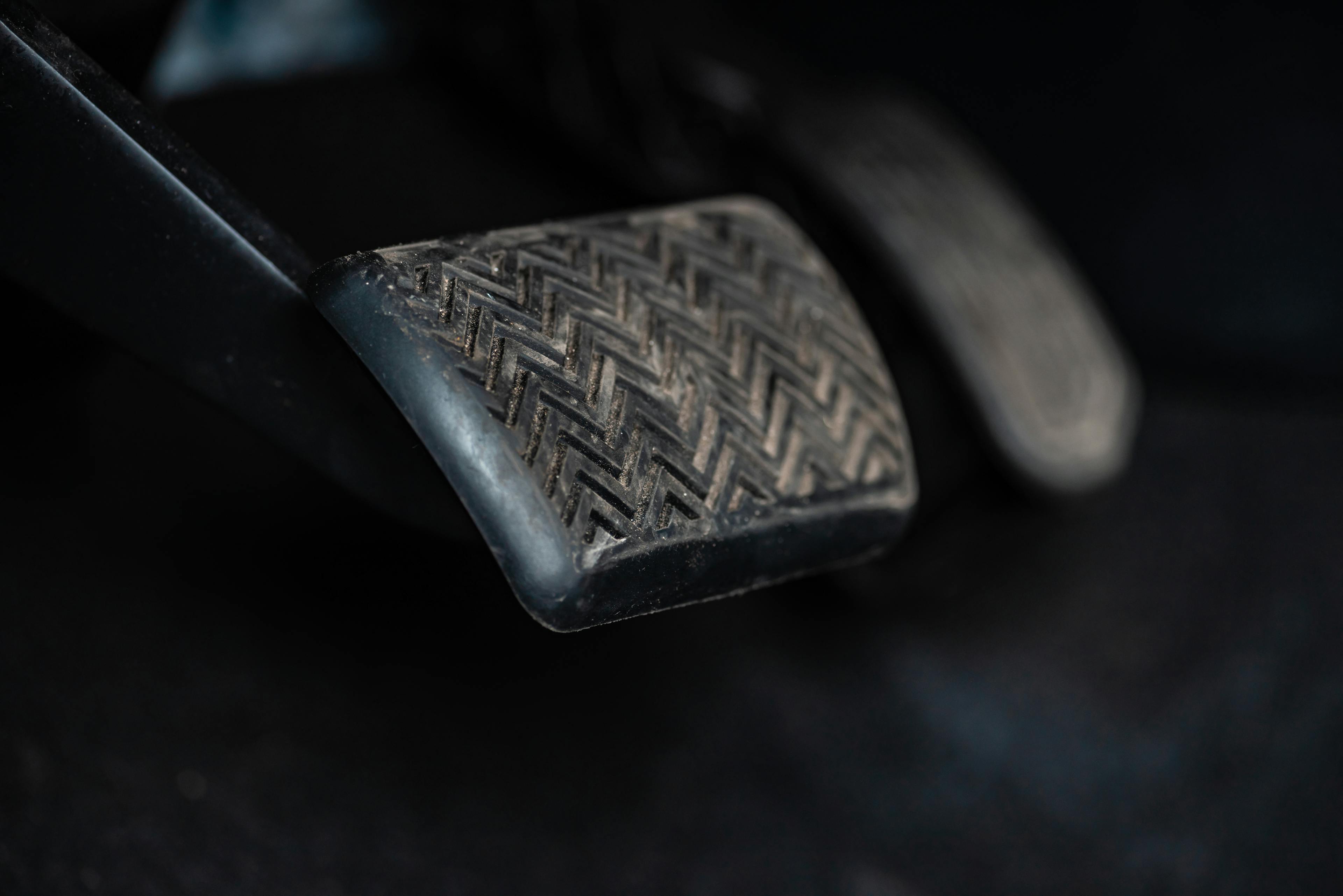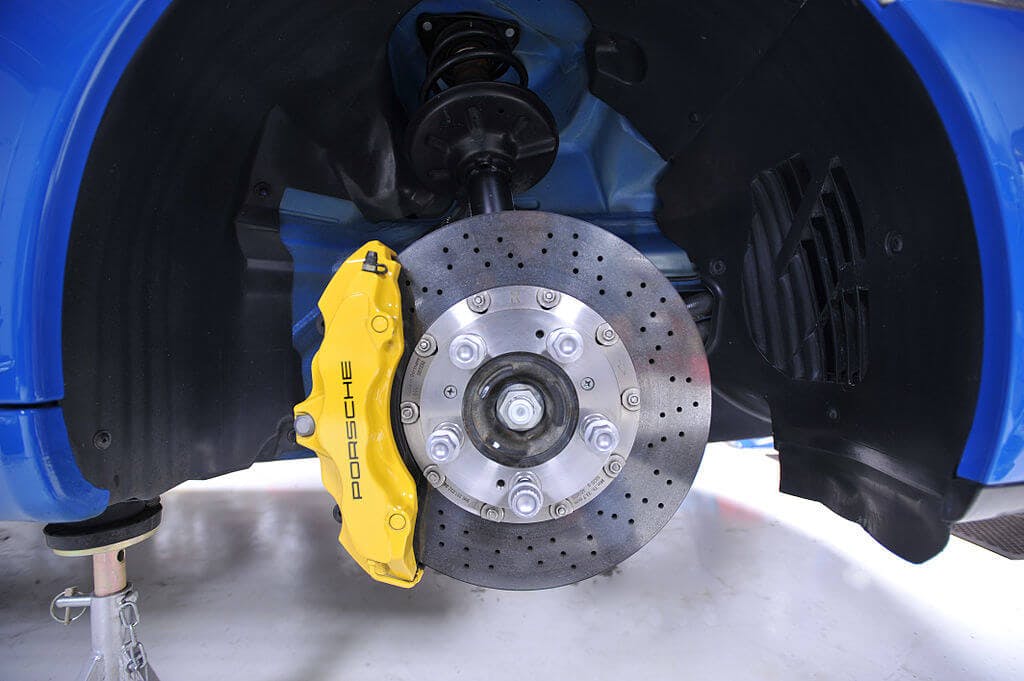Hard brake pedal: Where is the problem?

A hard brake pedal is one of the problems that mainly occurs in neglected vehicles that have not been given good service. Since brakes are one of the most important elements of active vehicle safety, you should not forget about the maintenance of the brake system.
Otherwise, your regular drive may end up with a dent; in the worst case, it may also become your last. But without further ado, let's look at the hard brake pedal problem.
Indholdsfortegnelse
What is the cause of the hard brake pedal?
A malfunctioning brake booster is one of the most common reasons for a hard brake pedal. Thanks to the brake booster, the brakes are more sensitive, so exerting too much force to apply them is unnecessary. So if the brake booster is not working properly, the brake pedal becomes harder.

Car Braking System: How does it work?
In addition to a problem with the brake booster, a hard brake pedal can also be caused by a stuck caliper or brake pressure regulator.
Solving the problem:
- inspection of the surface of the brake pads and their possible replacement
- repair or replacement of the caliper
- replacement or repair of the brake booster
- replacement of the brake pressure regulator
- replacement of the vacuum pipe leading from the brake booster
Many drivers may confuse this problem with another phenomenon, the manifestation of which is quite similar to a hard brake pedal. In reality, these are two problems, the solution of which may not always be identical.
Brake pedal resistance
This phenomenon occurs during braking, and it simply means that you need to exert more force to press the brake pedal. At the same time, the pedal behaves as if it is pushed back. This problem can have several causes, such as:
- the brake fluid is in bad condition
- leaky brake system hoses (brake system is aerated)
- incorrectly fused brake shoes in the case of drum brakes
- stuck brake pressure regulator
- cracked vacuum pipe leading from the brake booster
Solving the problem:
- oscillating the brake shoes of the drum brake
- checking the condition of the brake fluid (replacing it if necessary)
- checking the tightness of the main brake cylinder and the brake cylinders of individual wheels
- bleeding the brake system
- replacing the vacuum pipe leading from the booster
- checking, if necessary, replacing the brake hoses
The problems mentioned above may not be caused by only one of these causes. There can be several problems or combinations, so it is always necessary to check the condition of the entire brake system in case of any situation. It's not worth saving money on safety, health, and life.